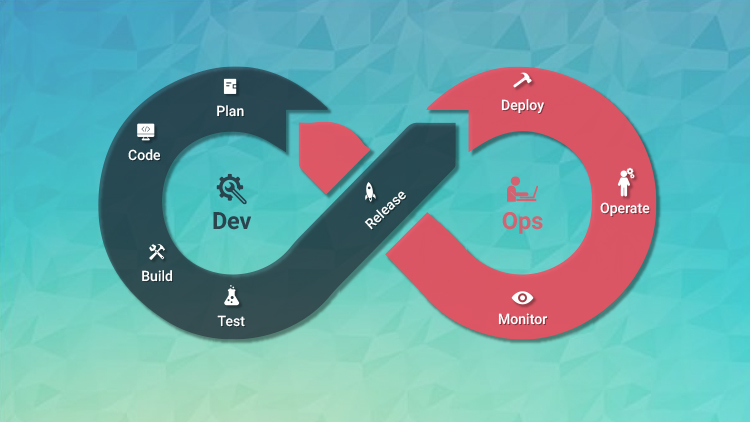
DevOps adoption which started nearly 8 years ago has become quite a widespread movement now. With the speed to the market becoming a deciding factor that accelerates an organization’s productivity, it has become more of an approach today for every business to innovate, experiment, address feedback and improve products. It helps to be nimble with market demands and to combat the competitive pressure.
Many organizations of every size are trying to adopt DevOps practices to reduce time to market, deliver better quality software, reduce operational costs and, ultimately, improve productivity and stay competitive. Reduce in Speed to market has encouraged many industry leaders to adopt DevOps within agile. These companies understand that a DevOps transformation is necessary for growth.
Many fledgling startups and full-scale enterprises alike are afraid of transition to DevOps because adopting DevOps can be an arduous task. You need to be successful in things that may look obvious but are difficult to achieve, such as improving team collaboration and automating everything in the software life cycle.
Successfully implementing DevOps practices is not easy and unfortunately, there are no set of guidelines on how to go about adopting DevOps because DevOps is more art than science. However, we can learn from those who have set examples and analyzed what works for the team. In this sense, DevOps is like kaizen — the Japanese word for “improvement" — for your organization.
Let’s look at how a few industry leaders practice DevOps. The aim is to understand how problems can be solved rather than giving generalized solutions.
How Netflix Balances Freedom And Responsibility
DevOps is a people-first strategy. Netflix allows developers to have freedom with responsibility to deliver fast. Here are a few insights into its culture:
- Remove the bureaucratic machinery and rely on trust.
- The managers are there to outline the business context not micromanage the developers.
- There are no push schedules or windows for developers.
- Developers have the freedom to solve problems in a manner they see best and take full ownership.
- Building an effective team is hard, but it allows the culture to flourish. That is why Netflix tests for the cultural fit before anything.
How Google Cuts Build Time
A high build time affects productivity, and large build size affects deployment. Managers at Google observed that long build time diverted the attention of developers to leisure activities. Due to this fact, developers often lost focus on solving the problems. These are some of the things Google did to ensure fast build times:
- They developed tools that allow developers to see which thread is slowing down the build at any given moment.
- Implement automation that helps developers visualize all the dependencies and what could break.
- Create high-quality reusable libraries.
- Ensured that the code meets a readability standard.
- Use robot code reviews whenever possible.
How Uber Designs For Change In Scale
The higher the growth, the more impact it has on users. Uber uses thousands of microservices and more than 100,000 containers to move people, food, and freight around the world. Here’s what their scaling strategy looks like:
- Estimate how long it takes to reach a certain level in product users or usage.
- Say, the estimation is 1 million users by next year. Enable scaling only for the estimated growth for that period.
- Continuously estimate scale required in the future.
- Every developer is clear on what a minimum performance metric has to be.
The Whole Is Greater Than The Sum Of Its Parts
People, tools, and strategy are the tripartite focus of DevOps. People are productive in the right cultural environment, with tools that enable automation for speed and a policy that can pilot their implementations. The synergy between these three elements can help in building a world-class DevOps. However, the success of DevOps depends on how you define it in your organization, for which this article is just an introduction.
